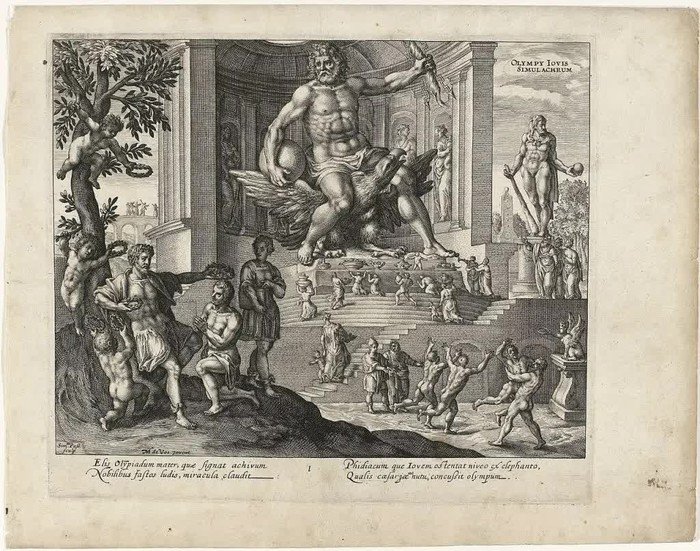The Seven Wonders of the Ancient World are some of the most awe-inspiring structures ever built.
However, today, many of these wonders no longer exist due to natural disasters such as earthquakes or floods;
The Colossus of Rhodes is a colossal monument built by Chares of Lindos in 280 BC.
Although this statue no longer exists today, it is still remembered as one of the Seven Wonders of the Ancient World and is a testament to the grandeur and power of ancient civilizations.
The Hanging Gardens of Babylon are a wonderful testament to human ingenuity and ambition.
It is believed that a complex system of pumps and waterwheels was used to irrigate the terraced gardens from the Euphrates River – allowing lush greenery and vibrant flowers to bloom in a dry desert landscape

This impressiveness earned it a place among the Seven Wonders of the Ancient World;
The Lighthouse in Alexandria is an impressive piece of engineering that has stood for hundreds of years in ancient Egypt.
The lighthouse itself is a three-story structure built from marble and limestone, more than 400 feet (about 122 meters) tall.
Sadly, despite its grandeur, several earthquakes in 1303 and 1323 AD completely destroyed the lighthouse, leaving behind only ruins that were discovered in 1994. Although a

The Statue of Zeus at Olympia is a unique work of art crafted by the famous sculptor Phidias.
This statue, built to honor the reign of Zeus as king of gods and men, served as a symbol of Olympia during festivals such as the Olympic Games – becoming an iconic symbol.
Sadly, the statue was destroyed by fire in 425 AD.
The Great Pyramid of Giza is the only wonder of the Seven Wonders that still exists today.

For 3,800 years, the Great Pyramid of Giza was the world’s tallest structure until Paris’s Eiffel Tower surpassed its reign in 1889. As such, it stands as an enduring testament to ingenuity and ambition.
The pyramid’s design includes a number of unique features such as an internal air shaft system that channels air from the outside into the inner chambers and a circular base believed to be associated with astronomical calculations
Today, the Great Pyramid of Giza remains a powerful symbol of the majesty and power of ancient civilizations – even after thousands of years since its construction, it continues to amaze us.
The Mausoleum of Halicarnassus is an imposing building built in 350 BC to honor King Mausolus.

Within the walls of the mausoleum are two tombs – one for the king himself and one for his wife Artemisia II.
Unfortunately, in 1494 AD, an earthquake caused much destruction to the building;
The Temple of Artemis at Ephesus was one of the Seven Wonders of the Ancient World and was located in the ancient Greek city of Ephesus, in present-day Turkey.
The temple was originally built in the 8th century BC, but it was destroyed and rebuilt many times throughout its history.
The temple is a major center of worship and pilgrimage, attracting visitors from around the world to the Mediterranean.

Today, only a few ruins of the once great temple remain, but it remains an important historical and cultural site, as well as a popular tourist destination.
Source: Allthatsinteresting;
